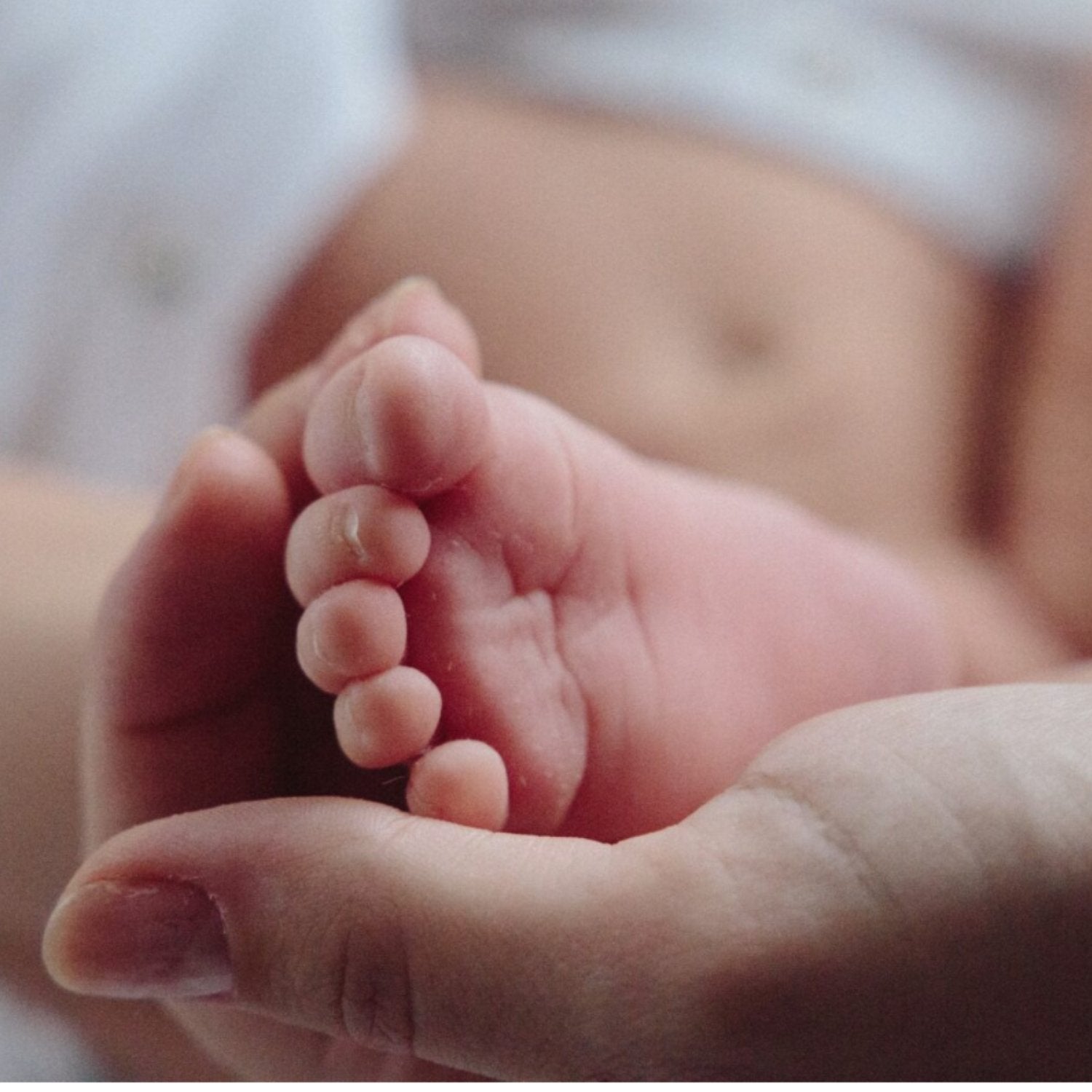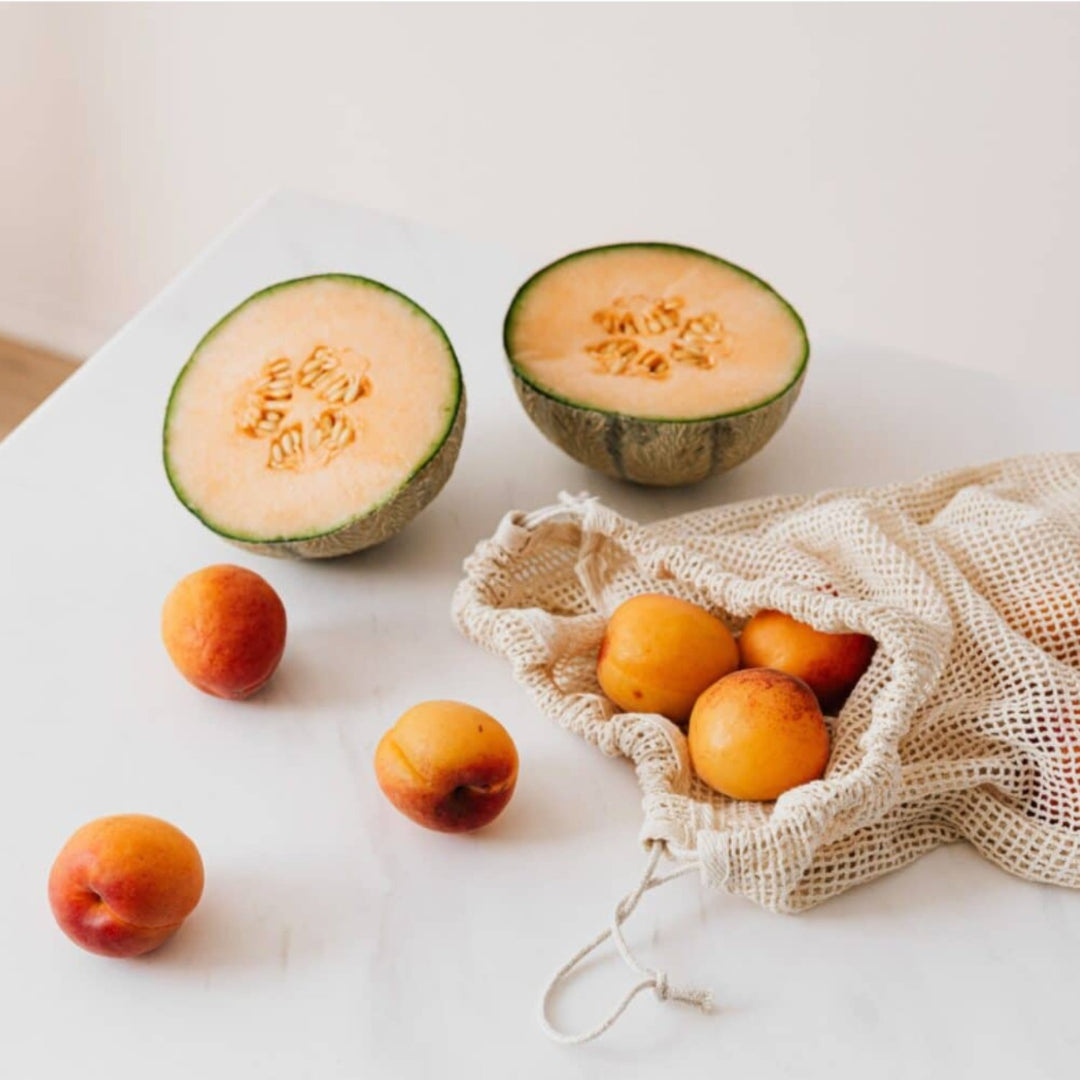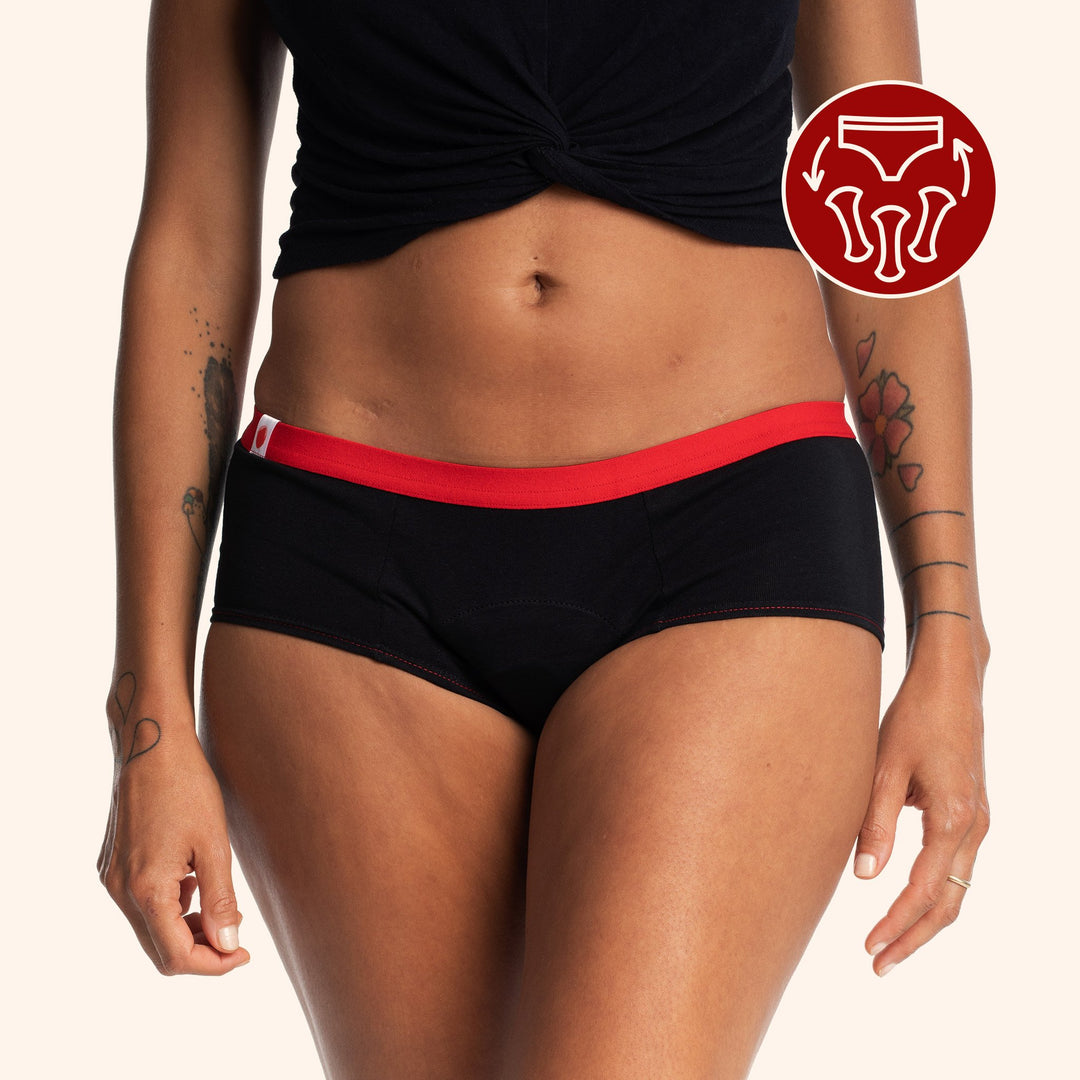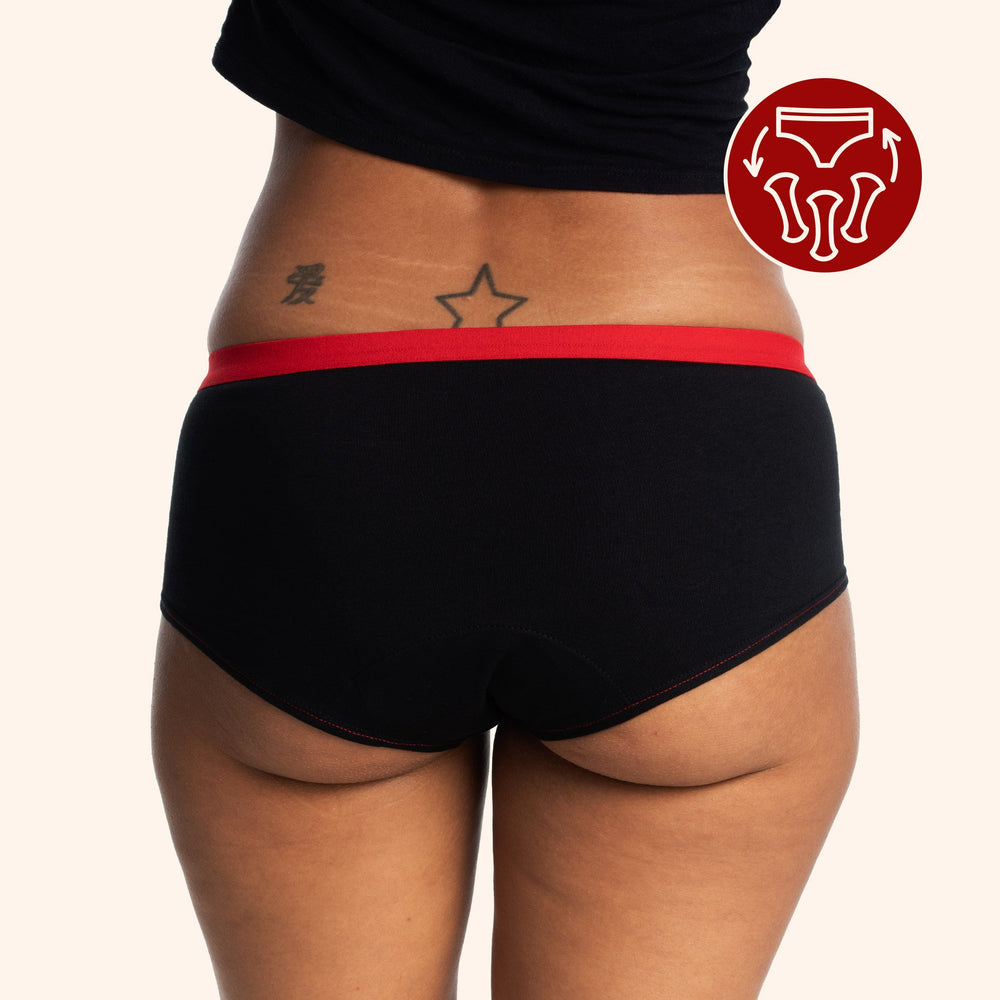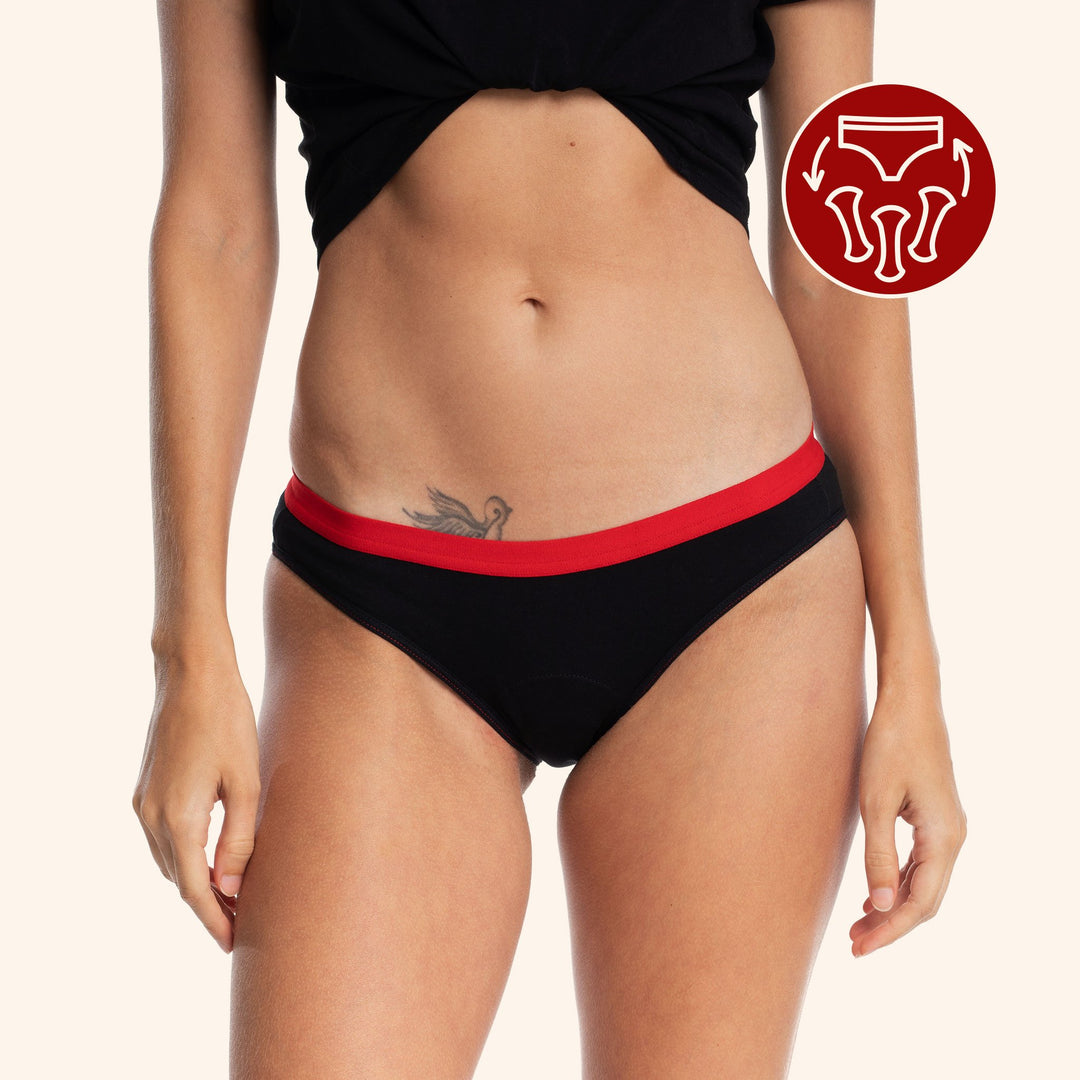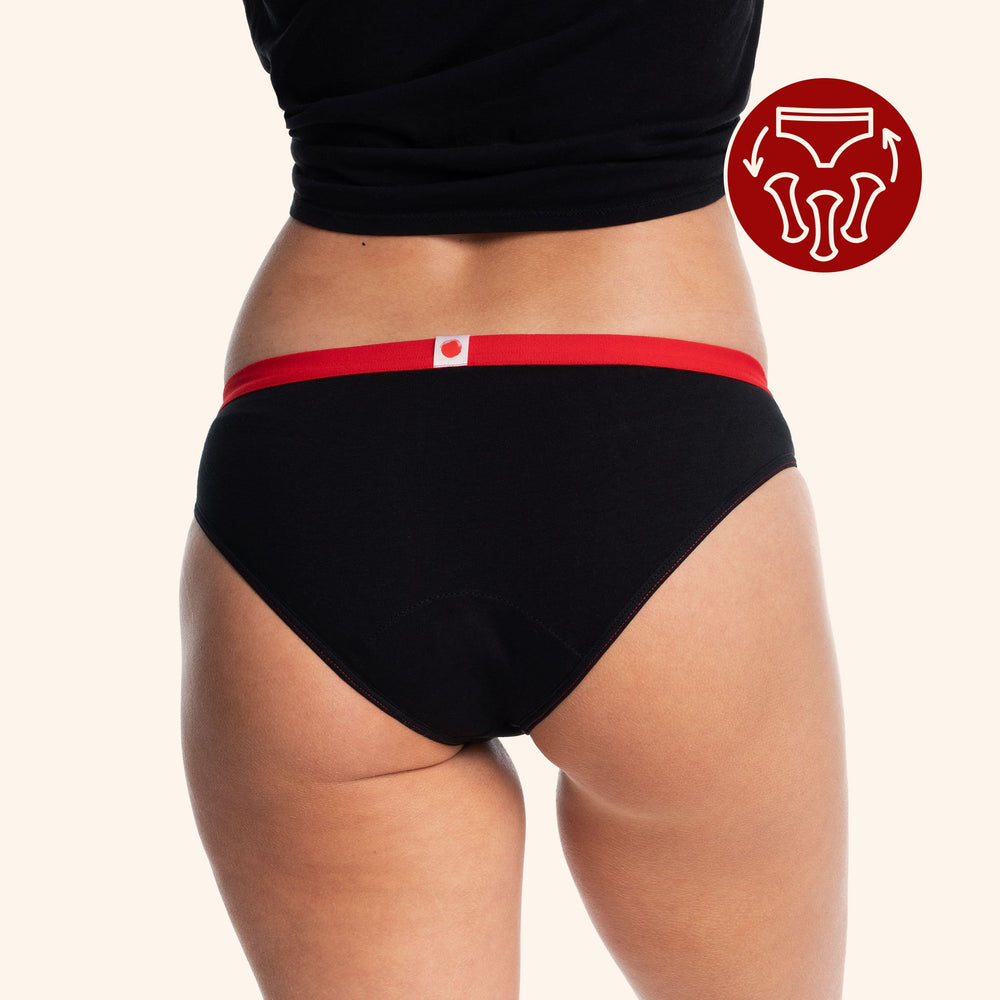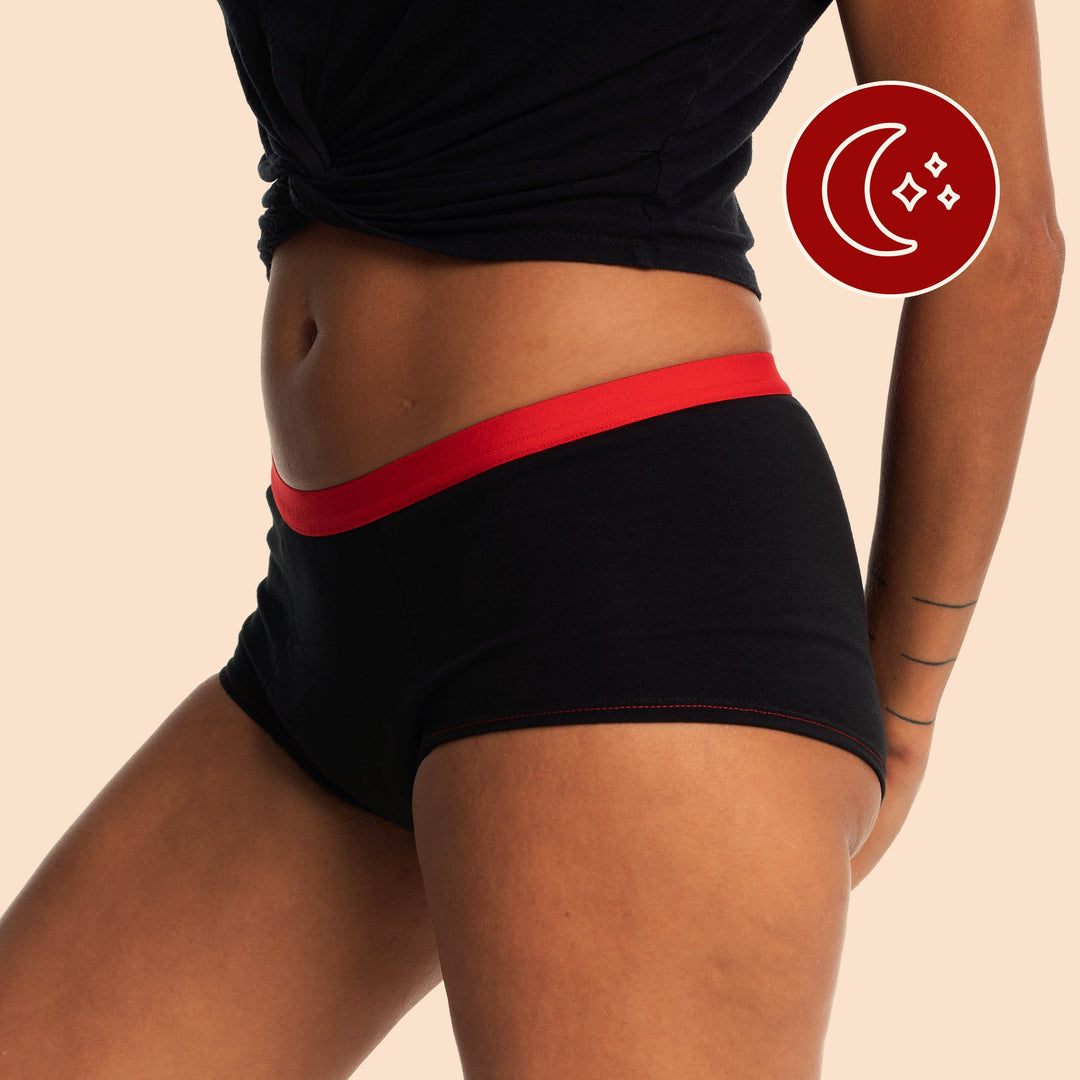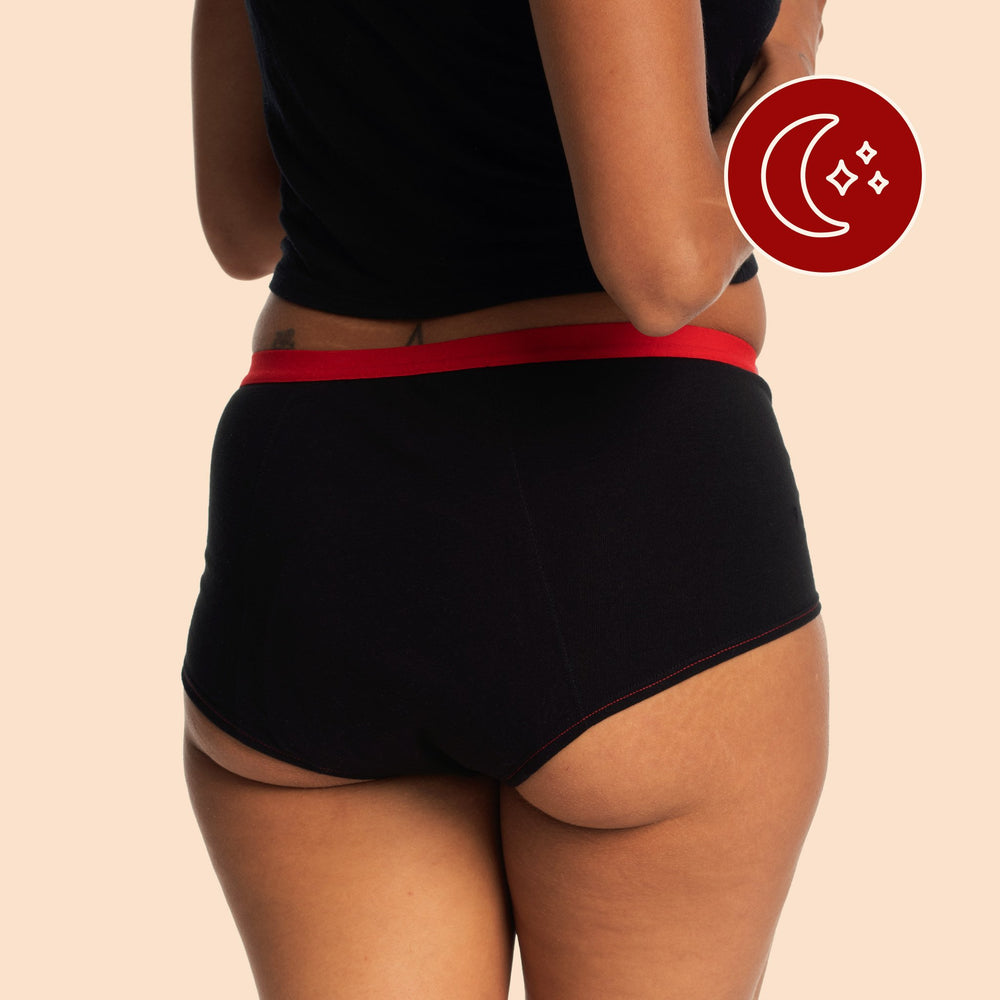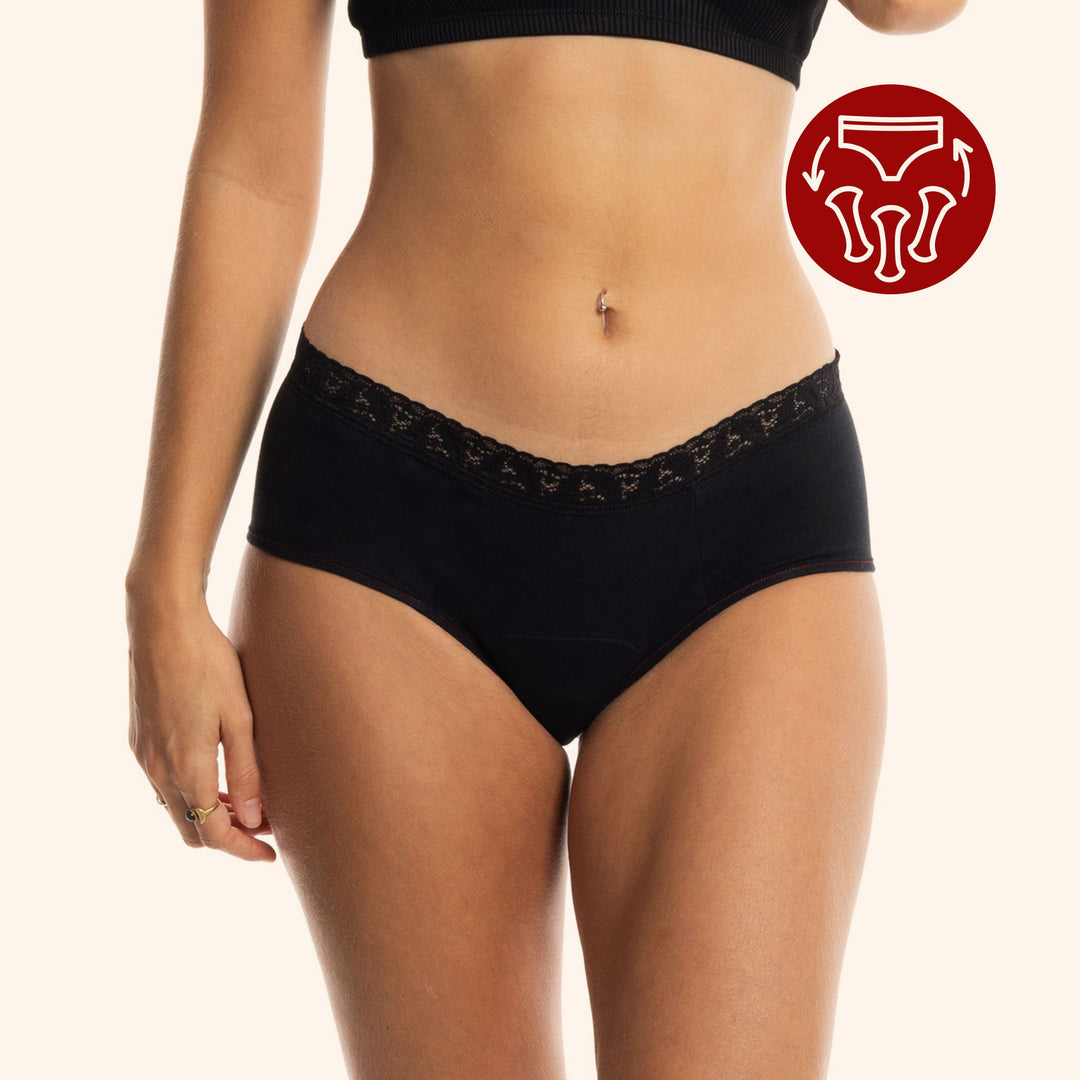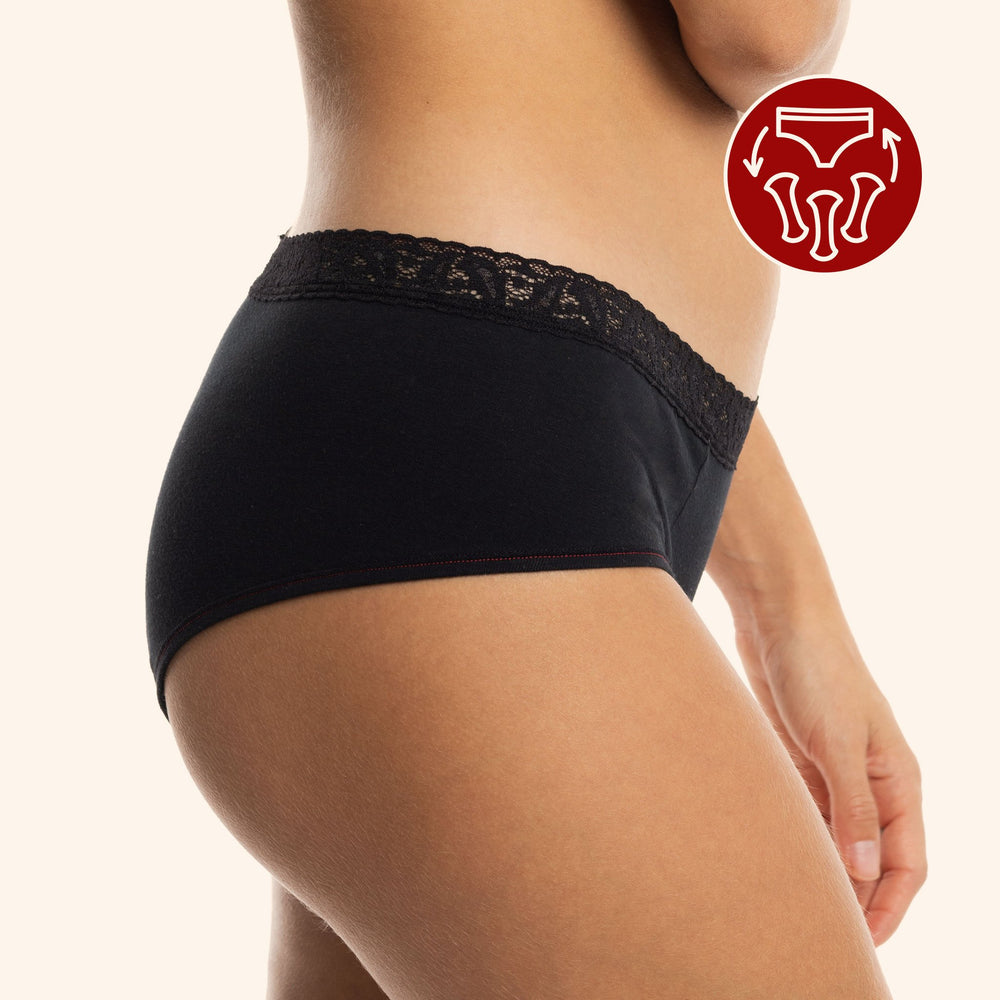
A holistic perspective on motherhood
Whether you already have children, whether you want them, or whether you are around them, I wrote this article to open up avenues for reflection on the new possibilities that are available in us, to experience motherhood as we envisioned, such as Hélène Porcher expressed it so well during the last Red Table event.
“Motherhood that suits you, is motherhood that we reclaim. Give yourself the freedom to choose.”
-Hélène Porcher, passionate doula
For me, motherhood is a woman's superpower. It is something sacred, which brings us back to our humanity while reminding us of our divinity. Women: creator of life.
The periods that I have each month are a space for connection to life. Blood reminds me of my ability to carry life, my creative power.
And yet, it is not an easy path. For generations, women have sacrificed themselves for their children. Out of obligation, for the Church or for survival, they have forgotten themselves to allow humanity to exist today.
What if this story was over? Why are there still so many women today who feel devalued by society for being devoted mothers? Is this not the greatest gift we can give to our children, and to humanity? When we decided to raise our children in the best way possible to make them a promising next generation for humanity, it benefits us all.
Motherhood is certainly not for everyone though. We can make the conscious choice not to have children. But if motherhood presents itself to you, I wish you to fully embrace this experience and see beyond the discomfort, the full gift that is being offered to you.
In the distant past, at the beginning of human civilizations, motherhood was revered.
At that time, women-goddesses-mothers were honoured in their role as bearers of life.
What if we had something to learn from our past.
What if for a moment, we went back to our roots.
In this space, we can then dream of a bright future for motherhood.
Pregnancy
 At first, it is the moment of choice that can be very distressing for the rational mind. The first trimester which makes you dizzy and nauseous. Hormones are fully activated to allow life to exist. The body experiences some discomfort. Emotions can be stirred to cleanse and make room for what's to come.
At first, it is the moment of choice that can be very distressing for the rational mind. The first trimester which makes you dizzy and nauseous. Hormones are fully activated to allow life to exist. The body experiences some discomfort. Emotions can be stirred to cleanse and make room for what's to come.
Then, when we embrace the unknown and the great transformations to come, we are invited by something greater than ourselves, to welcome life and to rejoice in it.
It is possible to bring awareness into our pregnancy. To do this, here are some tips that you can integrate easily:
- Care for yourself (hello self care!)
- meditate
- dance
- have orgasms
- talk to the baby
- play with him/her when he/she starts moving
- make him/her hear sounds, songs and instruments to already connect with him/her and awaken the senses
I was surprised to find that physical activity was so beneficial in reducing lower back pain and sustaining morale. A friend of mine confided to me that hiking in the mountains had been life-saving for her, boosting her confidence in herself and her body. The more the pregnancy progressed, the more she chose trails with steep inclines.
Childbirth
Women have fought in Quebec for access to midwives. so that childbirth is not an act reserved for doctors, but rather an informed and humanized choice for women.
When we carry life, we are far from being sick, we are full; full of life and vitality. Our body was intelligent enough to create this little being. If it created it, it will certainly know how to release it at the right time.
A woman will give birth more easily if she is comfortable with her sexuality, with her Yoni (all the female reproductive organs in its sacred aspect), and her intimacy. Any tension, any anticipation and any emotional blockage related to this area of her body will be felt, for better or for worse.
And when she gives birth, the woman has the chance to open up completely, beyond what the mind can conceive. This act is spiritual, this passage is grandiose. It scares some, but having lived it three times, it was among the most magical moments of my life.
Yes, there is pain, but this pain, like any sensation, depends on the inner state, emotions, and the ability to welcome all that is, to have confidence in the intensity of life.
How to prepare?
What if we taught women to be the creators of their childbirth? Rather than being in passive mode and relying on authorities, devices and injections?
Why not instead embrace the cocktail of love hormones that are released during childbirth, and prepare properly?
There are several options available to us when we want to prepare for childbirth:
- Pelvic physiotherapy online course to prepare for childbirth!
- hypno-birth
- prenatal yoga
- the Bonaparte method
- Quantikmama online training
Personally, what did me the greatest good was the hypno-birth preparation, with the book and the CD. Guided meditations to be done as regularly as possible, which allowed me to experience my second childbirth painlessly, with presence and ease. The hypno-birth method is created to defuse fears and limiting beliefs, and reinforce the likelihood of experiencing our ideal childbirth through visualization and relaxation (regardless of external circumstances).
Prenatal yoga allows you to discover ways to connect with your baby while he/she is still in our womb, and to adapt to the physical transformations that take place throughout pregnancy.
I have heard great things about the Bonaparte method, recognized by the Society of Obstetricians and Gynecologists of Canada, and designed by a Quebecer of Italian origin. This method ensures the psychological support of the mother and the control of pain by using, among other things, certain acupressure points.
My favourite preparation for childbirth is the Quantikmama online training!! Quantikmama is a former nurse and midwife who has chosen to stop her practice in a hospital environment to devote herself to bringing back the sense of the sacred in childbirth, and to restore power to women.
What if our bodies, deep in our DNA, were perfectly designed to give birth with ease?
Postnatal
The postnatal period is often described as the most difficult time for the mother. It is also described as the 4th trimester, in the sense that the baby is still totally dependent and not very interactive. The three months after birth are therefore a period when, if we were kangaroos, the baby would spend most of his time suckling and sleeping in his mother's ventral pouch.
Beyond pregnancy and childbirth, it is the postnatal that requires the most juice, that depletes the last reserves of energy of the mother, and that is so essential to the incarnation of the baby.
Exhaustion and depression await mothers (and the other parent!), so an external support is required; grandparents, friends, extended community are the pillars of a benevolent post-natal. It is not only in the first hours after childbirth, but in the entirety of these first three months of life, that the bond of attachment between mother and baby is created. This mother-baby connection is encouraged by breastfeeding, carrying and co-sleeping.
I like to remember that the biological evolution of human beings has taken place over thousands of years, and that the physical and emotional needs of babies are still the same as they were 10,000 years ago:
- feel reassured
- be in the presence of a parent
- drink breast milk, the best food in all aspects
- rest
- eliminate
- learn to breathe
Yes, I say learn to breathe, because it is both something innate, and that we learn by imitation. If the main parent breathes in a jerky way, the child will consider this breathing as normal and will adopt it automatically. If on the contrary, the parent breathes in a slow and deep way, the child will tend to breathe with more amplitude and to be more relaxed in life in general.
Breastfeeding
 From birth, the baby can crawl on its own on the mother's body and begin to suckle the nipple. Colostrum is the first milk produced by the mother and is rich in immunity and fat. Then, breast milk, sweeter than colostrum, is produced at the request of the baby. The more he/she sucks, the more milk there is.
From birth, the baby can crawl on its own on the mother's body and begin to suckle the nipple. Colostrum is the first milk produced by the mother and is rich in immunity and fat. Then, breast milk, sweeter than colostrum, is produced at the request of the baby. The more he/she sucks, the more milk there is.
Breast milk is recognized as the best food for babies, and food adapted to their needs. Scientists have discovered that nipples have receptors that analyze the baby's saliva and produce milk whose concentrations vary according to the needs determined.
Beyond the scientific aspect, breastfeeding establishes a deep energetic link between mother and child that opens the heart and connects the baby to the unconditional love of the mother.
Co-sleeping
Co-sleeping is an element that promotes mother-baby attachment and is beneficial for breastfeeding.
At night, the mother lies down and rests at the same time. The baby feels the breathing of his/her parents and is less likely to die from sudden infant death syndrome.
Welcoming a baby in bed is what tribes around the world have done since the dawn of time, to better protect their babies and be more attentive to their needs.
I observed a new sense that developed in me following childbirth. It is an awareness, even during sleep, of the space occupied by my baby.
For me, this option was the easiest and most enjoyable, both for my own sleep, and for my baby's.
Carrying
An ancestral way to carry a baby is to hang it on oneself in a cloth. A thousand and one ways are possible to wrap our baby to ourself. The first benefit for the baby is to feel the reassuring presence of a caring adult. Perhaps it reminds him/her of the sensations that were present when he/she was still developing in his/her mother's womb.
Carrying is an excellent way to develop the motor skills of the baby's neck, and to promote his/her digestion. Since it is usually in an upright position in the baby carrier, the bounces from walking and dancing help the infant pass gas and promote downward digestive movement.
Diaperless Babies
When I had my baby, what scared me the most was to produce tons of waste with the traditional disposable diapers.
So I was completely seduced by the diaperless method!
What a joy to watch my baby for hours on end to notice when he showed signs of needing to have a bowel movement or to carry him over a bowl when he woke up to catch the pee! We installed a sheepskin on our bed to lay our baby without a diaper (apparently it absorbs the pee without the smell!).
Quickly, we were able to anticipate our baby's bowel movements and allow him to perform them over a bowl, sink or toilet! For peeing, it was a different story... My friend who got organized, managed to catch almost all the pee, by running a little water on her baby's foot, and putting an alarm every 30 minutes.
Honestly, it's still a lot of effort! In any case, certainly, an avenue to explore beyond washable diapers, and eco-friendly disposable diapers available on the market ;)!!
Conclusion
 Motherhood is a great adventure. When fully embraced, it can become an intrinsic motivation to create a better world, a constant reminder not to forget oneself, and to continue to evolve as our child grows.
Motherhood is a great adventure. When fully embraced, it can become an intrinsic motivation to create a better world, a constant reminder not to forget oneself, and to continue to evolve as our child grows.
Each story of mother and child is unique. I hope that the possibilities provided in this article can inspire you to experience the motherhood that suits you and that vibrates with your values.
References
Ina May's Guide to Childbirth, Ina May Gaskin, Bantam Dell, New York, USA, 2003, page 351.
Ina May's Guide to Breastfeeding, Ina May Gaskin, Bantam Dell, USA, 2009, page 341.
Our Babies, Ourselves, How Biology and Culture Shape the Way We Parent,Meredith F. Small, Anchor Books, New York, USA, 1998, page 292.
Dr. Jack Newmann's guide for Breastfeeding
Diaper Free,The Gentle Wisdom of Natural Infant Hygiene,Ingrid Bauer, Plume, London, England, 2001, page 260.
Skin and Touch, A First Language, Ashley Montagu, translation from the American by Catherine Erhel, Éditions du threshold, Paris, 1979.
Maternity in the feminine, towards more balance and autonomy, Isabelle Challut, Éditions de l'Instant present, March 2007.
Rituals of women, to re-enchant motherhood,Isabelle Challut, Le Courrier du livre Publishing, 2017, page 192
Pelvic Physiotherapy with Noémie Séguin
The Bonapace Method
https://www.bonapace.com/fr/fondements-et-principes/
HypnoBirth
Quantikmama - online birth preparations and sacred perspective on motherhood
https://quantikmama.com/
Full Moon Centre - birth support and doula training
https://centrepleinelune.com/




